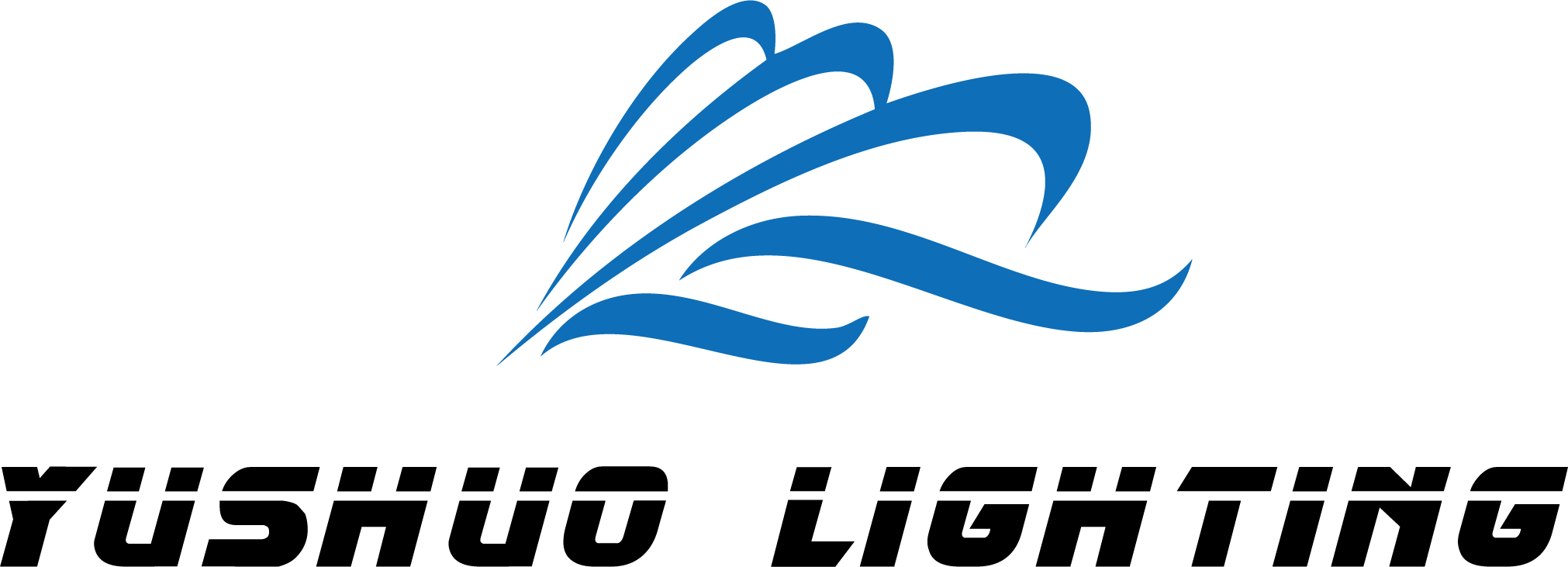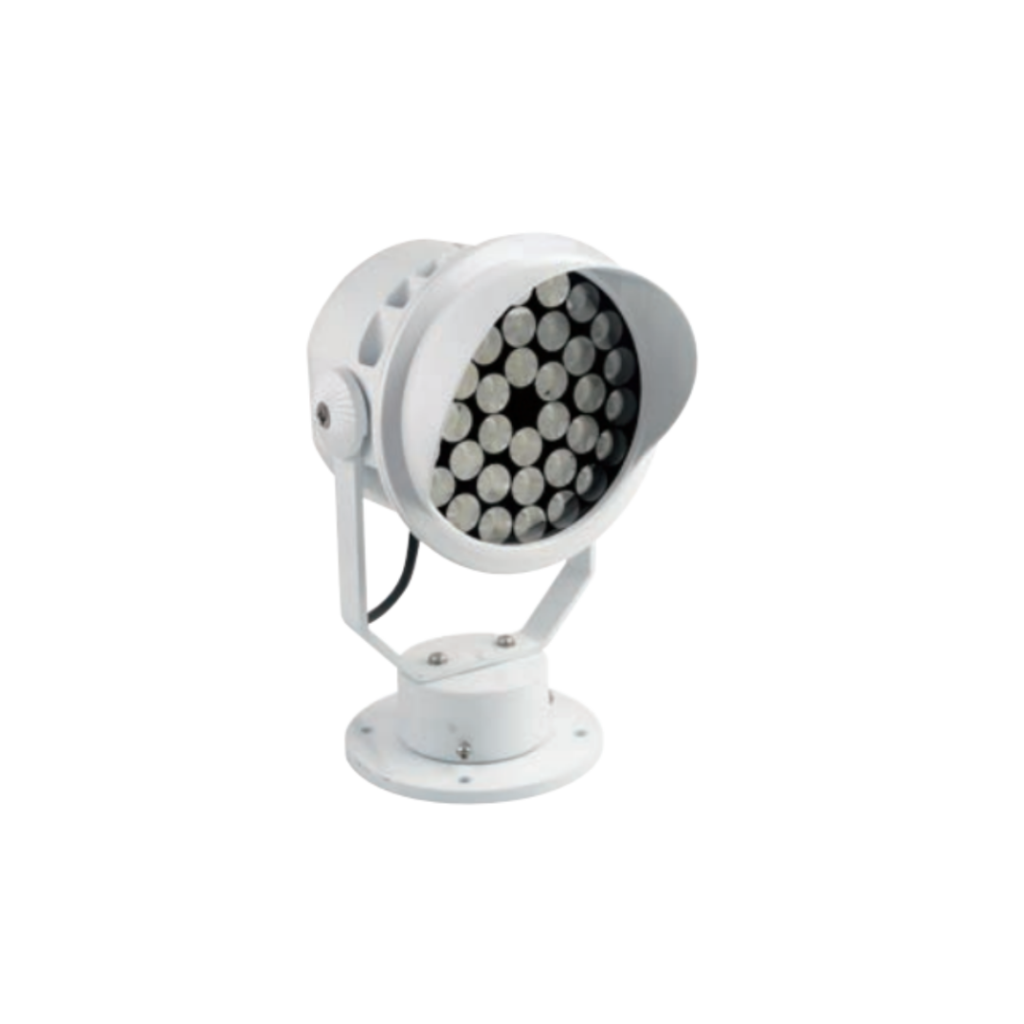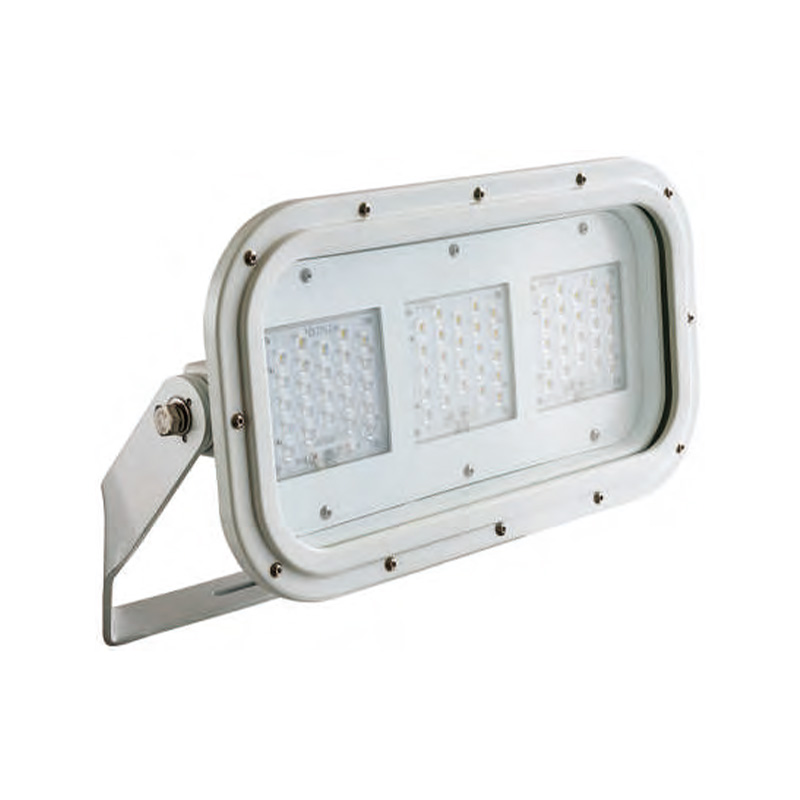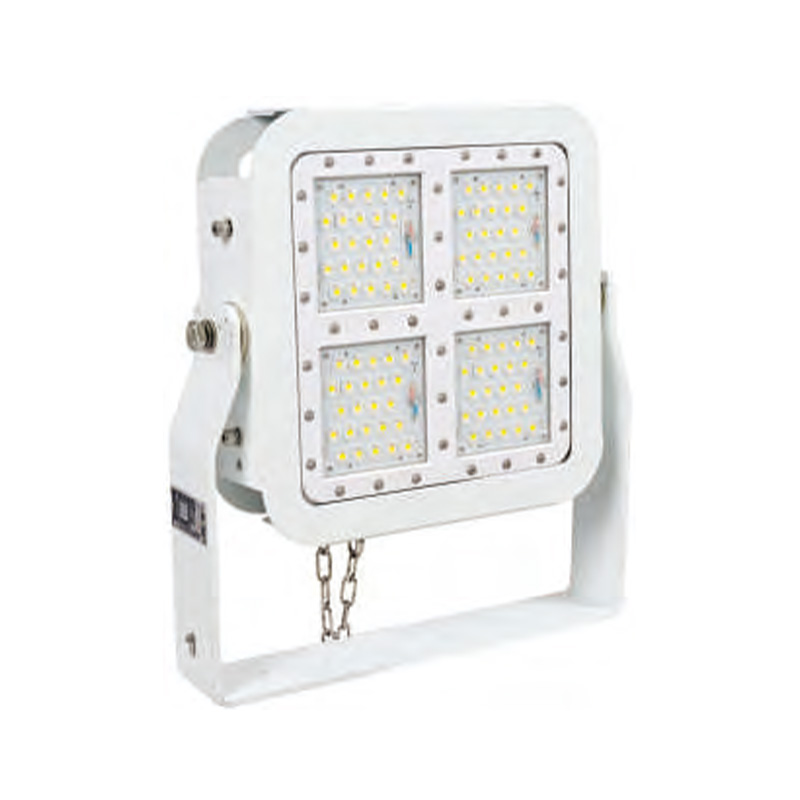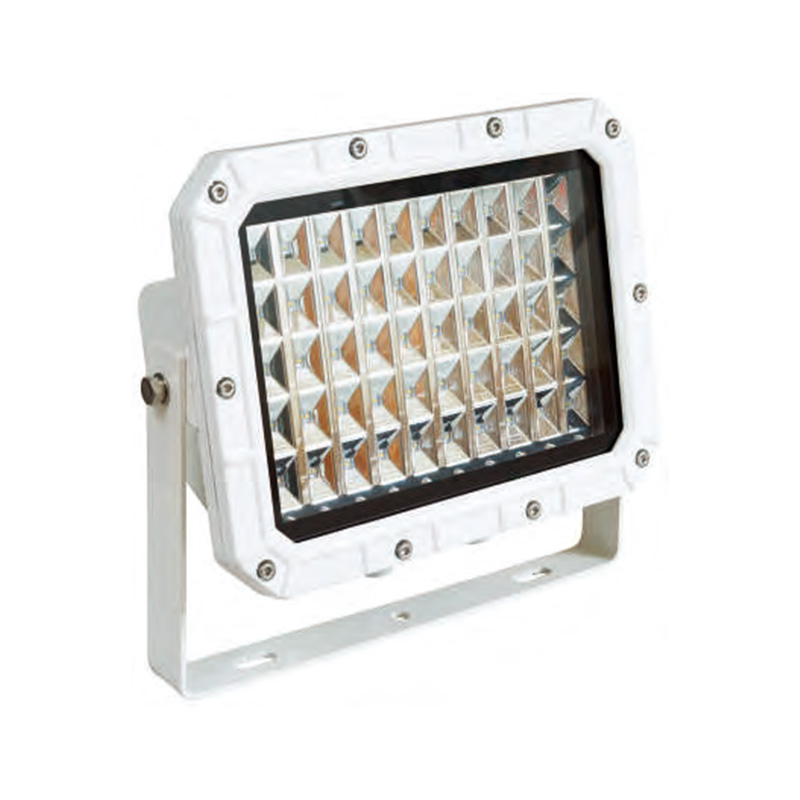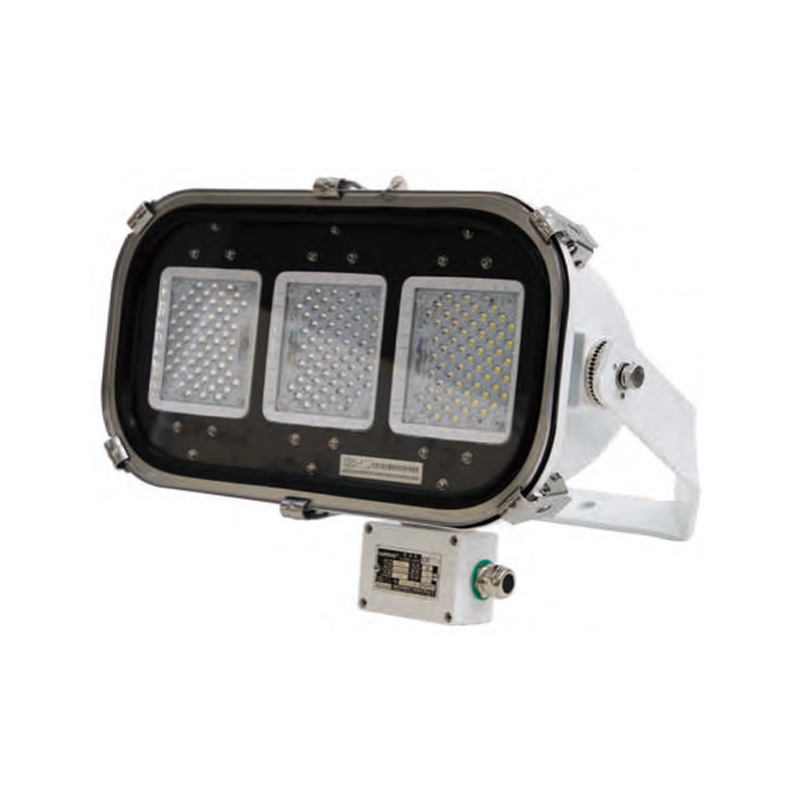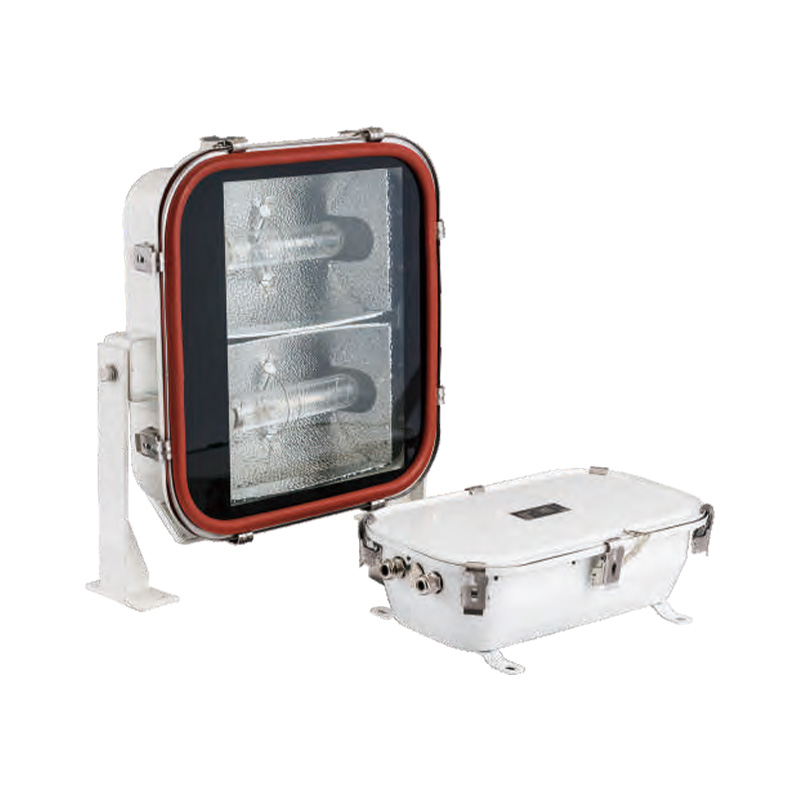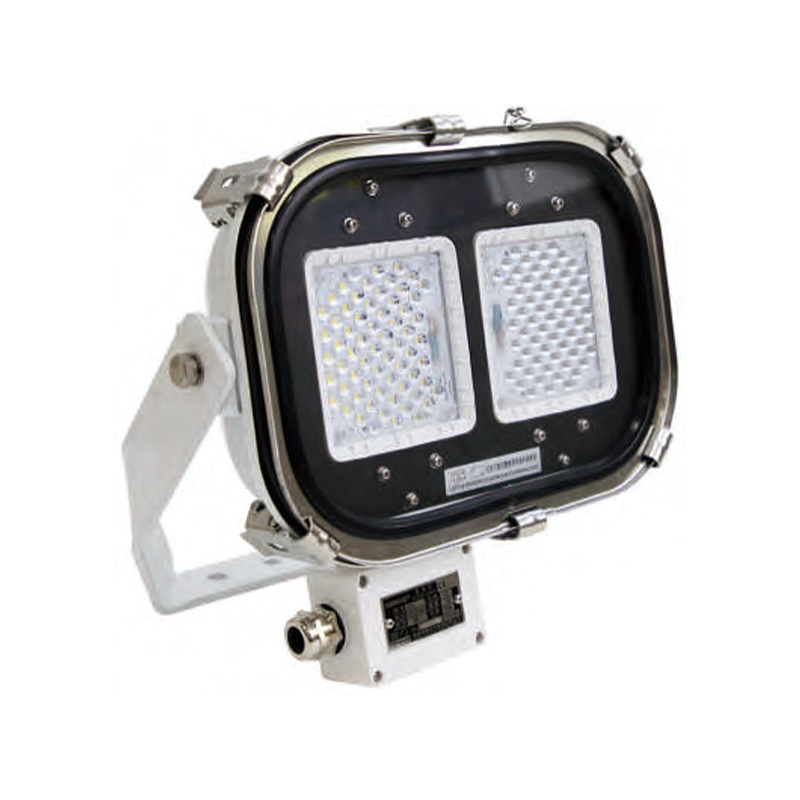The Use of Marine Spotlights with Dual Light Modes
Marine navigation requires precision, clarity, and adaptability in challenging lighting conditions. Unfortunately, traditional marine spotlights often fall short by only offering one type of beam which limits their versatility. One major innovation which supports these needs is marine spotlights with dual light modes. These versatile marine spotlights provide both high intensity illumination and softer, energy-efficient lighting to meet a range of applications for boats, ships and offshore platforms.
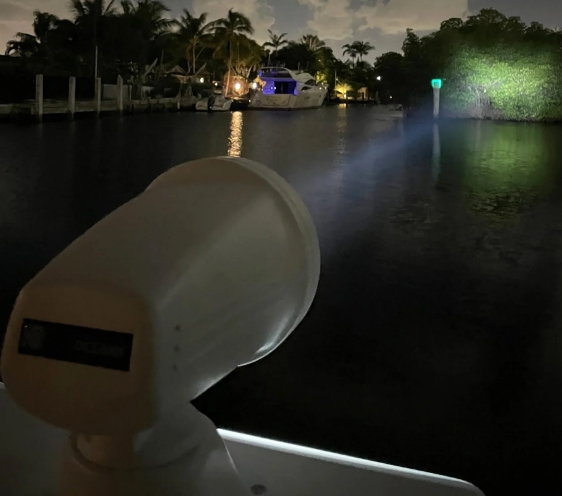
Table of Contents
What are Marine Spotlights with Dual Light Modes
Marine spotlights with dual light modes are specialized lighting systems designed for use on boats, ships and other marine vessels that feature two distinct lighting settings in one unit. They offer adaptive illumination tailored to long-range visibility as well as localized illumination – improving safety, functionality and comfort aboard marine vessels. These two modes typically consist of high intensity spot beam and low intensity flood or ambient beam modes which users can switch between depending on operational needs.
- Spot Mode: Produces a narrow yet powerful beam of light over long distances for navigation, search-and-rescue missions or identifying distant objects at sea. This mode is especially effective when operating in total darkness or poor weather conditions where pinpoint visibility is essential.
- Flood Mode: Emits wide-angle, lower intensity light that illuminates an extended area at close range. Ideal for onboard activities like docking, maintenance or general deck movement where soft lighting provides greater comfort while helping preserve night vision.

Key Features and Functional Benefits of Marine Spotlights with Dual Light Modes
1. Adaptive Illumination for Versatile Use
Marine spotlights with dual lighting modes can switch seamlessly between two distinct forms of illumination: a powerful, focused spot beam and softer floodlighting. Spot mode projects a concentrated beam designed to illuminate faraway objects such as navigation, search operations and hazard detection, while flood or low-light mode provides broad area illumination more suited for tasks performed on deck, docking procedures or working in spaces where gentle lighting may be preferred.
2. Enhancing Safety under Challenging Circumstances
Safety at sea is of utmost importance, particularly during night operations or severe weather. Dual-mode marine spotlights improve situational awareness by enabling operators to select an appropriate light output for their environment. Spot mode helps operators identify obstacles such as other vessels and navigational markers from afar and reduce collision risk; flood mode minimizes glare while preventing temporary blindness ensuring safe movement among crew members aboard ship.
3. Effective Power Management
Energy conservation is of utmost importance on marine vessels where power supplies may be limited, which is why marine spotlights with dual light modes were specifically created with energy efficiency in mind. Their lower intensity mode consumes much less power, enabling extended usage without draining batteries too quickly – an especially crucial feature when traveling long distances or overnight fishing or in situations without immediate backup power sources available.
4. Construction Material Durability and Climate Resistance
These dual-mode marine spotlights are specifically designed to meet the demanding conditions found in marine environments. Dual-mode marine spotlights are constructed from corrosion-resistant materials like anodized aluminum or stainless steel and sealed to meet high waterproofing standards such as IP67 or IP68, ensuring reliable performance when exposed to rain, salt spray or rough seas, guaranteeing long service lives even under continuous exposure to adverse conditions.
5. Advanced LED Technology
Modern marine spotlights with dual light modes often incorporate LED technology, offering many advantages over incandescent or halogen bulbs. LED marine spotlights produce brighter, cleaner illumination with reduced heat production while their longer lifespan means fewer replacements and maintenance expenses; LED technology also facilitates faster transitions between modes as well as more compact designs.
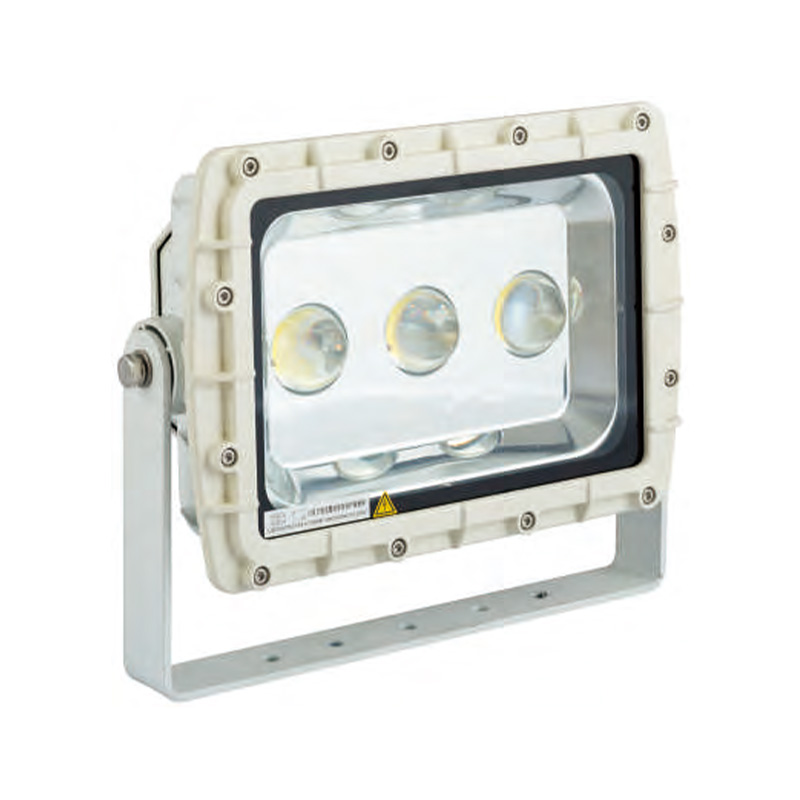
6. Remote Control and Directional Flexibility
Operational flexibility is another major advantage of dual-mode marine spotlights, equipped with remote control systems or joystick interfaces to allow users to adjust the light direction and switch modes remotely–sometimes right from the helm itself. Some advanced models even feature motorized pan and tilt functions which enable precise control without manual intervention–proving invaluable during rough seas or emergency situations.
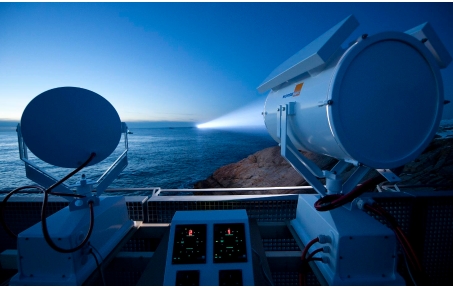
7. Broad Range of Marine Applications
Due to their dual functionality, spotlights can be utilized for many purposes beyond navigation. Their utility ranges from helping with night docking and cargo loading/unloading operations to fishing operations and increasing onboard security. Their instant switch between high intensity spotlighting and low intensity floodlighting makes these versatile lights suitable for virtually all marine activities.
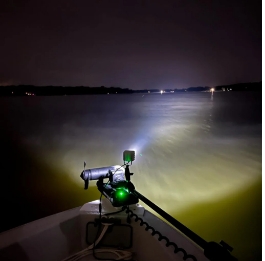
8. Enhanced Comfort and Night Vision Preservation
Marine spotlights with dual light modes also play an integral role in crew wellbeing during nighttime operations. Their softer mode helps preserve natural night vision while easing transition between bright and dim environments for crew members – helping improve focus, reduce fatigue and ensure safer working conditions during long shifts.
Common Applications of Marine Spotlights with Dual Light Modes
| Application | Description | Recommended Mode |
| Night Navigation | Enhances visibility of buoys, obstacles, and the coastline in low light. | Spot Mode |
| Docking and Mooring | Illuminates surrounding structures and lines during approach and tie-up. | Flood Mode |
| Search and Rescue | Helps locate persons, debris, or vessels at a distance during emergencies. | Spot Mode |
| Onboard Maintenance | Provides gentle lighting for crew to perform repairs and tasks safely. | Flood Mode |
| Fishing Operations | Assists in gear handling; soft light can attract certain fish species. | Flood Mode |
| Security Patrols | Scans perimeter and water surface for suspicious movement or threats. | Spot Mode |
| Emergency Signaling | Used to flash bright light toward nearby vessels or rescue teams. | Spot Mode |
| Recreational Use | Enhances comfort and visibility during anchoring, parties, or stargazing. | Flood Mode |
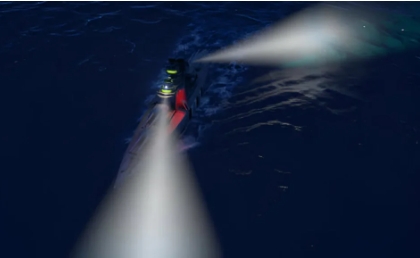
Recent Innovations in Marine Spotlights with Dual Light Modes
Recent advancements in technology and design have revolutionized boat spotlights, making them smarter, more energy-efficient and better tailored to modern maritime needs.
1. Automated Remote Control and Connectivity System
One of the greatest advances is smart control technologies. Modern marine spotlights can now be operated remotely via wireless controllers, touchscreen panels or even smartphone apps – enabling operators to adjust brightness levels, switch modes or change beam direction without leaving their seat at the helm. Furthermore, more spotlights are increasingly becoming integrated into vessel automation systems for automatic adjustments based on environmental sensors like ambient light levels or weather conditions; significantly improving ease of use and safety.
2. Dual Channel LED and Beam Customization Options
Advanced spotlights now feature dual-channel LEDs for independent control over both lights in one unit. This allows instantaneous switching between spot and flood modes or combining them together; some ship spotlights even feature variable beam width or digital focusing for fine-tuning the lighting pattern without switching fixtures.
3. Improvements to Optical Systems and Beam Shaping Capability
Innovative optical designs have significantly enhanced the quality and versatility of marine spotlights. By employing aspherical lenses, custom reflectors, and motorized beam-shaping mechanisms to dynamically adjust beam width and focus, operators are now able to dynamically alter beam width and focus. This flexibility enables one spotlight to meet various lighting applications–from intensive spot lighting necessary for long distance navigation, to wide floodlighting for deck work or close range visibility.
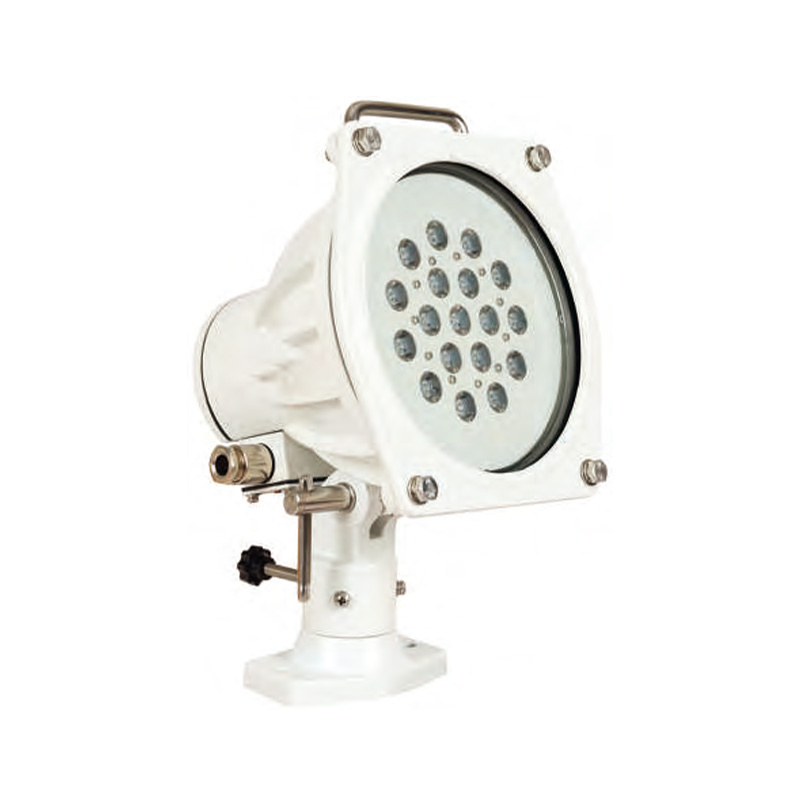
4. Robust and Sustainable Materials
Marine environments demand lighting fixtures that can withstand corrosion, water intrusion, mechanical impact, and new materials such as marine-grade stainless steel, anodized aluminum and UV-resistant polymers to increase durability and longevity of dual-mode spotlights. Sustainability has become a top priority with manufacturers creating energy-efficient units compatible with solar power systems as well as recyclable materials to minimize environmental impact.
5. Multi-Color and Night Vision-Friendly Modes
Modern spotlight models provide multi-color LED options, such as red, green and blue lights as well as standard white illumination to help facilitate maritime tasks with precision and versatility. Red light modes, for instance, help preserve night vision – an essential aspect when navigation or fishing at night. Some spotlights even allow users to switch color modes or adjust temperature according to specific operational needs – increasing versatility without additional equipment.
6. Compact and Lightweight Designs
Small vessels and recreational boats benefit from innovations in lightweight spotlight designs that deliver high performance while being compact in size and weight. These models make advanced dual-mode lighting accessible to a wider variety of boat owners without compromising functionality or durability.
7. Better Energy Efficiency and Power Management
Energy management systems combined with marine spotlights have evolved over time, including features such as automatic dimming, power-saving modes and intelligent battery usage monitoring. These enhancements help conserve power during long trips while decreasing fuel consumption for vessels using generators – ultimately making lighting systems more sustainable and cost-effective.
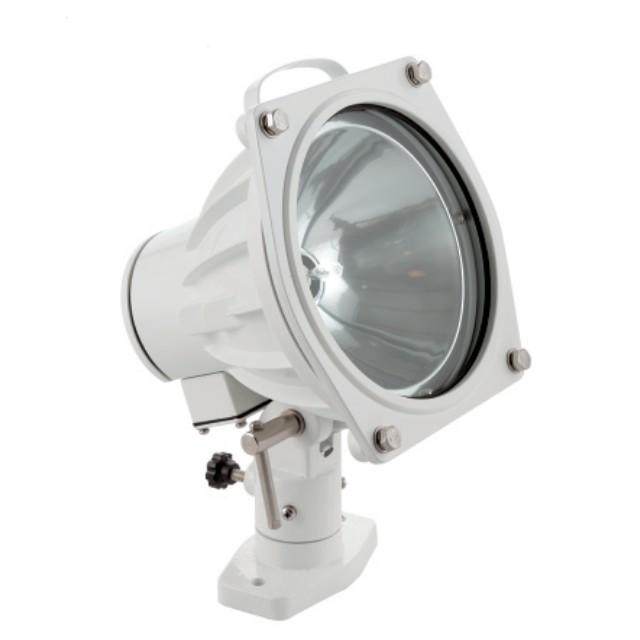
Key Considerations for Choosing a Marine Spotlight with Dual Light Modes
| Consideration | Description |
| Light Output & Beam Quality | Evaluate lumen output and beam angles for both spot (long-range) and flood (wide-area) modes. |
| Mode Switching Mechanism | Check for smooth, fast, and user-friendly switching between light modes (manual, remote, or smart). |
| Power Consumption & Efficiency | Opt for energy-efficient LEDs to minimize battery drain and maximize runtime. |
| Material & Build Quality | Look for corrosion-resistant, marine-grade materials and waterproof ratings (IP67 or higher). |
| Mounting & Installation | Ensure compatibility with your vessel and flexibility in beam direction (fixed, swivel, pan-tilt). |
| Control Features & Automation | Prefer remote or integrated controls for adjusting brightness, direction, and mode on demand. |
| Color Options & Night Vision Support | Consider models with red or low-glare light to preserve night vision for nighttime operations. |
| Size, Weight & Vessel Fit | Match the spotlight’s dimensions and weight to your vessel’s size and mounting capacity. |
| Certification & Compliance | Choose models that meet the safety and performance standards (e.g., CE, RoHS, ABS) of marine lighting. |
| Budget & Long-Term Value | Balance cost with features, durability, maintenance needs, and total ownership value. |
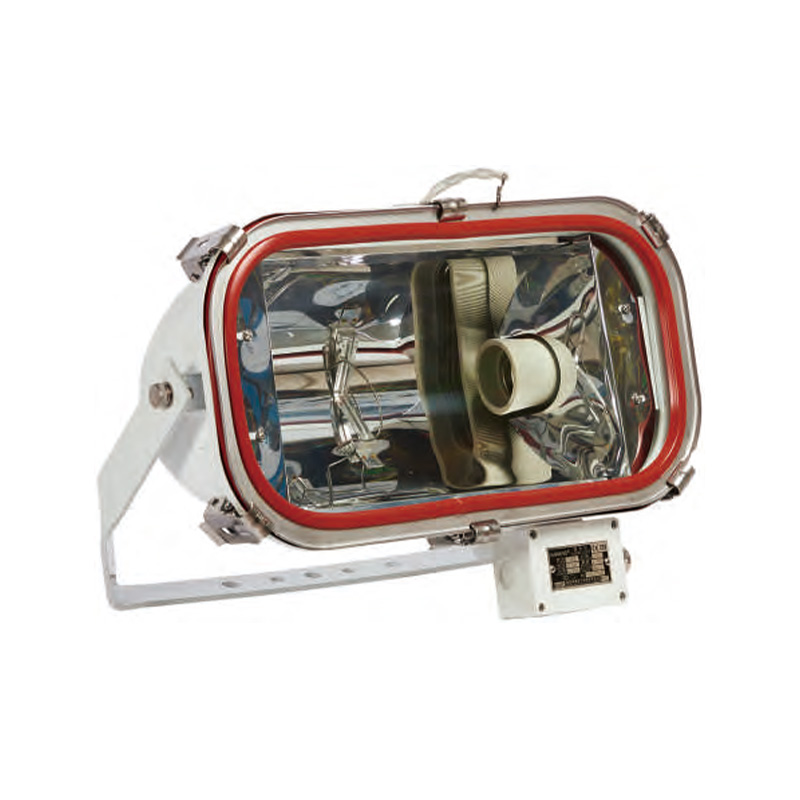
Final Thoughts
Marine spotlights with dual light modes represent an effective combination of performance and practicality. By offering adjustable lighting tailored specifically to marine tasks, these devices not only increase operational efficiency but also contribute significantly to onboard safety and comfort. From night navigating and fishing after sunset to docking in dim harbors – these spotlights offer ample range and coverage.
